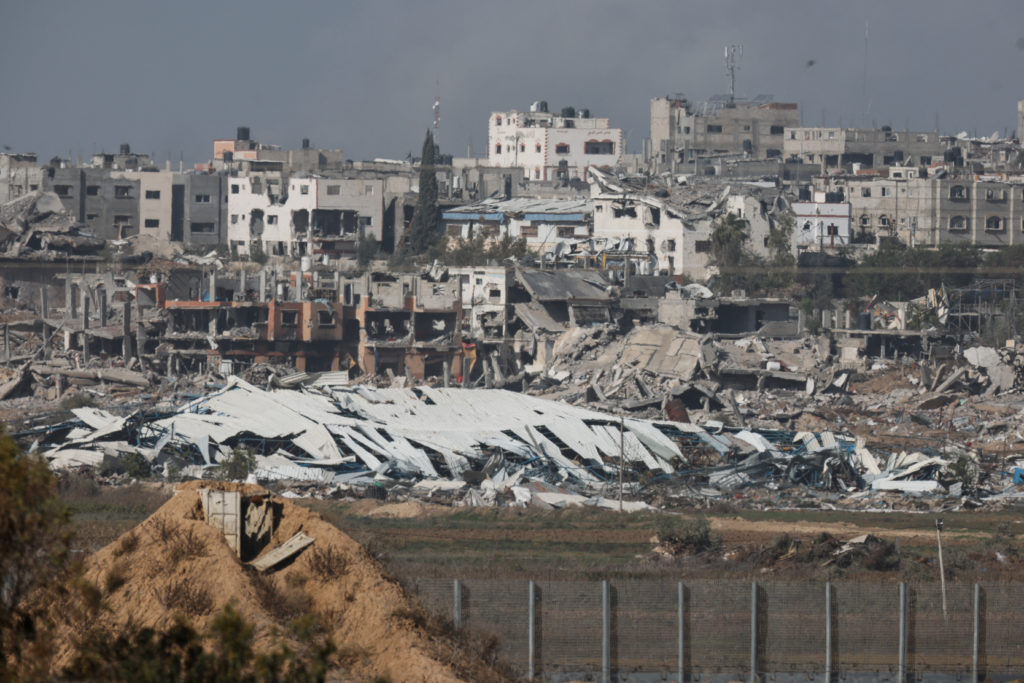The crucial infrastructure in Gaza has suffered damage to around $18.5 billion as a result of the Israel-Hamas conflict, the World Bank said in a new report released on Tuesday, according to AFP.
According to the World Bank, this is equivalent to 97% of the total economic production of Gaza and the West Bank in 2022. The evaluation includes the period from the beginning of the conflict on October 7 to the end of January.
Produced in collaboration with the UN and the EU, the assessment concluded that structural damage had an impact on "every sector of the economy," with the loss of homes accounting for over 70% of expected expenses.
The October 7 attack by Hamas sparked the bloodiest-ever Gaza conflict, with an AFP assessment of Israeli government data indicating that 1,160 people died in Israel, most of them civilians.
The health ministry in Hamas-run Gaza claims that at least 32,916 Palestinians have died as a result of Israel's retaliation attack, the majority of them were women and children.
Many sections of the territory have been turned into rubble by the Israeli military's intensive aerial bombardment in the aftermath of the invasion and its ongoing ground operations within Gaza, producing an estimated 26 million tons of debris.
"For several sectors, the rate of damage appears to be levelling off as few assets remain intact," the Bank said.
The assessment discovered that in addition to the structural damage, over 50% of Gaza's population was at risk of starvation, with the whole populace "experiencing acute food insecurity and malnutrition."
Approximately 84% of Gaza's medical facilities have been destroyed or severely damaged, and the violence has forced three-quarters of the population to leave their homes, leaving over a million people without a place to live.
The water and sanitation infrastructure in Gaza had "nearly collapsed," according to the assessment, which was produced utilizing remote data collecting sources. It was producing less than 5% of its pre-war production.
92% of Gaza's main roadways were either destroyed or damaged, and 100% of the students were not attending school as a result of the education system collapsing, according to the World Bank.
According to the report, "an increase in humanitarian assistance, food aid and food production; the provision of shelter and rapid, cost-effective, and scalable housing solutions for displaced people; and the resumption of essential services."



























